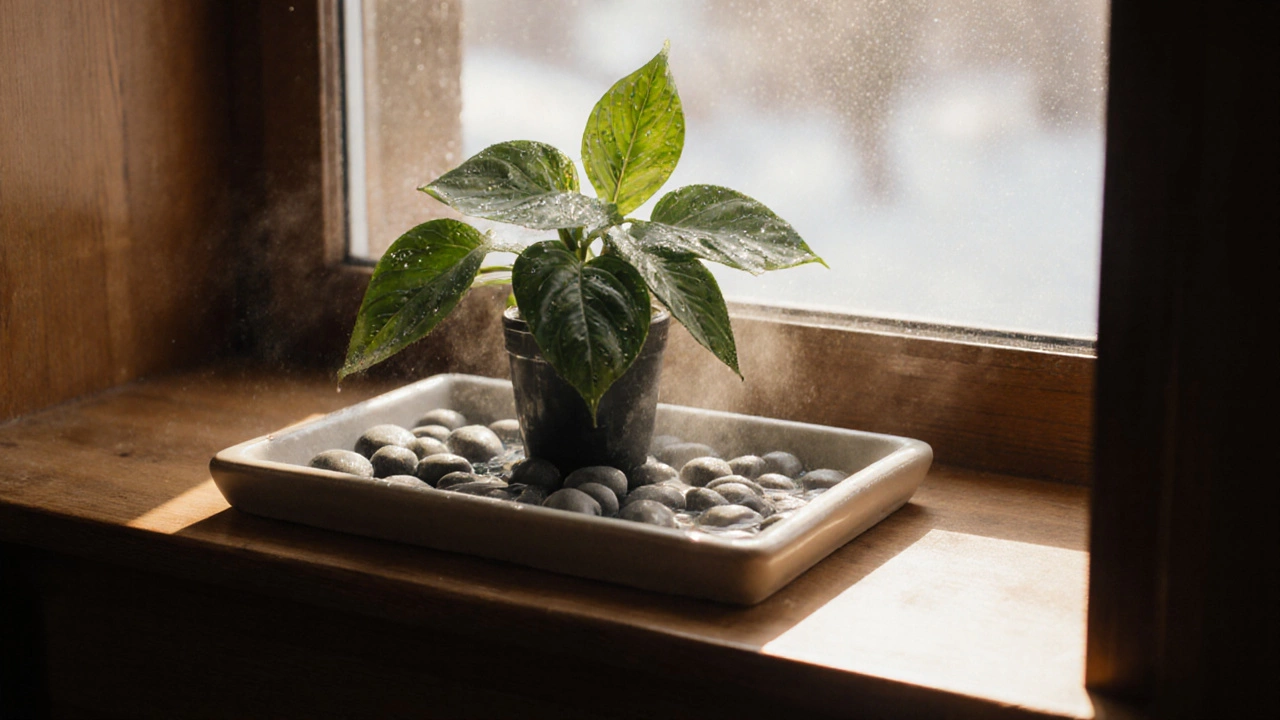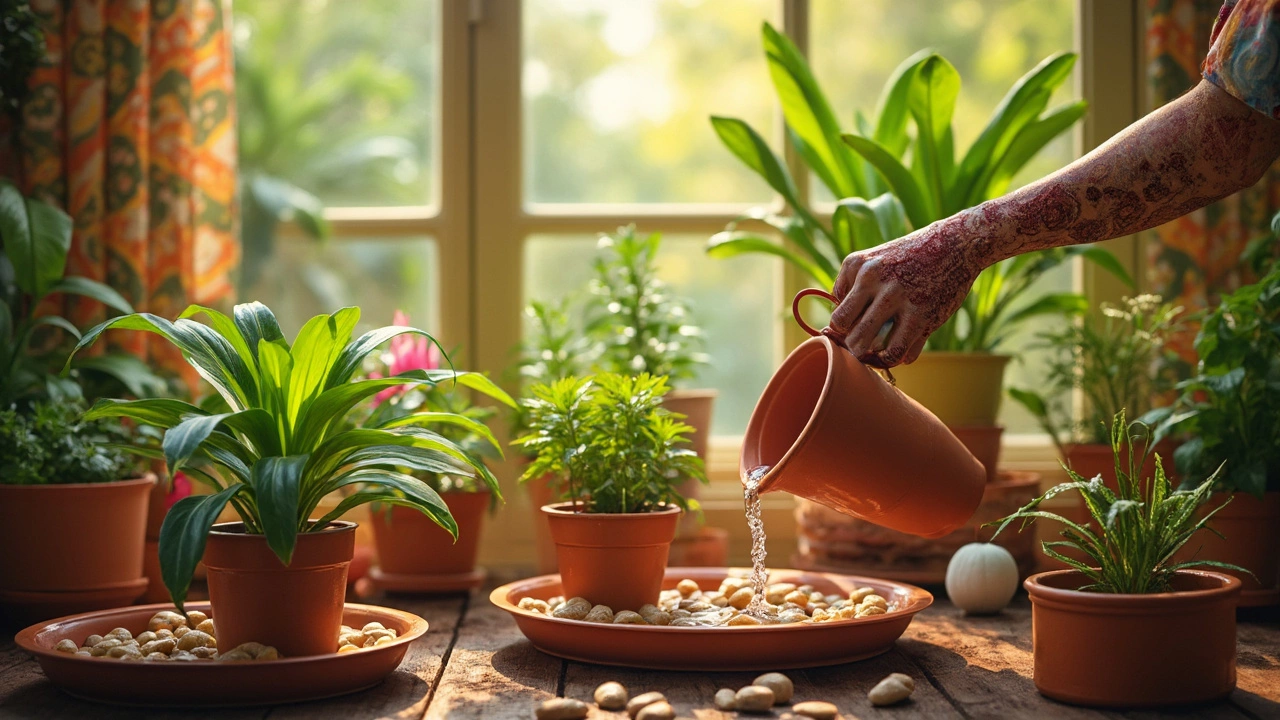Pebble Tray Basics: Why Every Plant Lover Needs One
If you’ve ever wondered why some indoor plants look greener and healthier, a pebble tray might be the answer. It’s just a shallow dish filled with stones and a little water, but it does three things at once: keeps the pot from sitting in water, adds a gentle humidity boost, and makes your plant corner look tidy.
Why Use a Pebble Tray?
First, the tray stops the pot from sitting in a puddle. When excess water drains out of the pot, it collects in the tray instead of soaking the roots. That simple barrier prevents root rot, especially in humid climates like many parts of India.
Second, the water that sits under the pebbles slowly evaporates. That creates a mini‑humidifier right next to your plant. Most tropical houseplants love a bit of humidity, so the tray can cut down on leaf browning and brown tips.
Third, a pebble tray adds a clean, finished look. Choose smooth river stones, glazed ceramic pebbles, or even broken terracotta shards. The visual appeal can turn a plain windowsill into a mini garden showcase.
Step‑by‑Step Setup
1. Pick the right tray. A shallow plastic or metal tray works fine, but make sure it’s a bit wider than the pot base. Too deep and you waste water; too shallow and the pebbles won’t sit well.
2. Choose your pebbles. Anything clean, inert and not too sharp will do. Rinse them thoroughly to get rid of dust. For a decorative touch, mix a few different colors.
3. Lay a layer of pebbles. Fill the tray about 1‑2 inches deep. The layer should be thick enough to keep the pot lifted off the water but thin enough for easy evaporation.
4. Add water. Pour enough water to just cover the bottom of the tray – you want the pebbles to sit in water, not be submerged. Check the level every few days; refill when it drops below the pebble base.
5. Place the pot. Center the pot on the pebbles. If the pot is too heavy, a small piece of cardboard under it can prevent the pot from sinking into the stones.
6. Maintain. Every week, give the water a quick stir to avoid algae growth. If you notice a foul smell, empty the tray, rinse the pebbles and start fresh.
That’s it – a pebble tray is cheap, looks good and protects your plants. The setup takes less than ten minutes, and the benefits show up quickly. Try it with a pothos, a spider plant, or a fiddle‑leaf fig and see the difference for yourself.
Remember, a pebble tray isn’t a substitute for proper watering. It’s a helper that catches excess moisture and adds humidity. Use it alongside good potting mix and regular watering, and your indoor garden will thank you.
What Plants Benefit from a Pebble Tray? A Practical Guide for Indoor Plant Care
Discover which indoor plants benefit from pebble trays and how to use them effectively to boost humidity without overwatering. A simple, affordable fix for tropical houseplants struggling in dry homes.
Pebble Tray Care: How Often Do You Need to Fill It?
Pebble trays are a low-effort hack to boost humidity for your indoor plants, but figuring out how often to refill them can be confusing. This article dives straight into when and why you should top off your tray, practical signs to look for, and handy tips to get the most out of this trick. Find out how to prevent mold, over-watering, and common mistakes. Get smarter about keeping your houseplants happy and hydrated, without turning your window ledge into a swamp.
About
Indoor Plant Care
Latest Posts
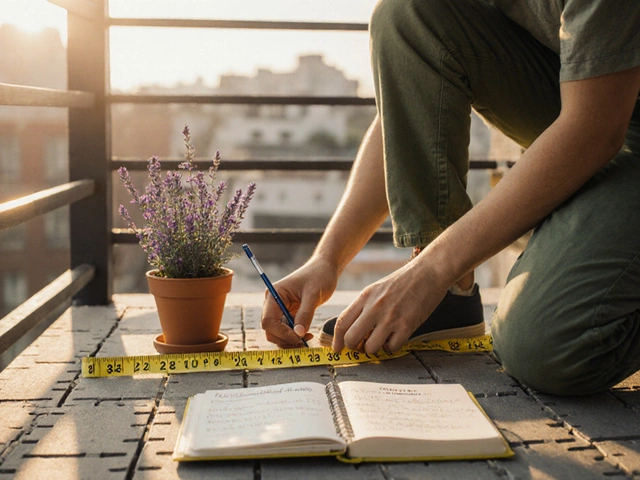
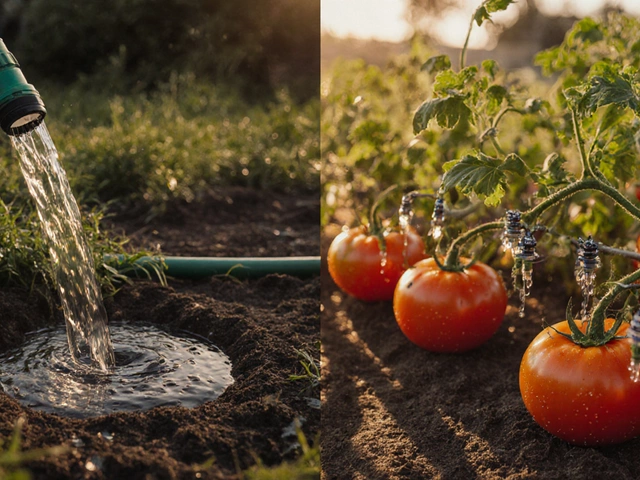
Why Drip Irrigation Is Better Than Soaker Hoses for Your Garden
By Alden Thorne Nov 25, 2025
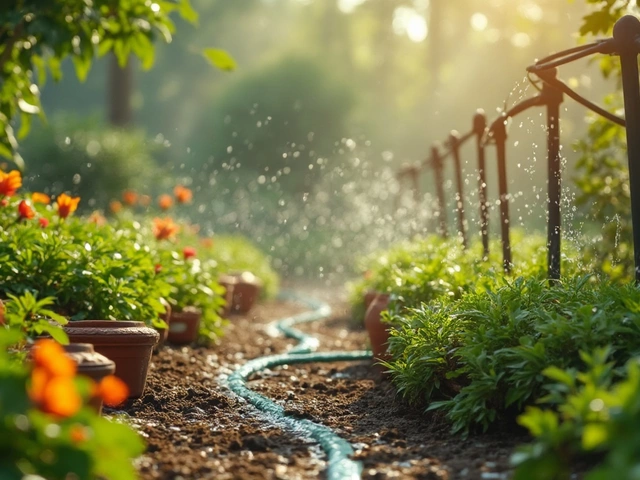
How Much Water Should Flow from Your Drip Line?
By Alden Thorne Mar 28, 2025

Can I Just Put Perlite on Top of Soil? Here's What You Need to Know
By Alden Thorne Mar 11, 2025

